As the world’s population continues to age, the demand for healthcare services for seniors is growing. Technology-enabled healthcare, often referred to as telehealth or telemedicine, has emerged as a transformative solution to address the unique healthcare needs of older adults. This article explores the many ways technology is reshaping healthcare for seniors, enhancing their quality of life, and promoting independent aging.
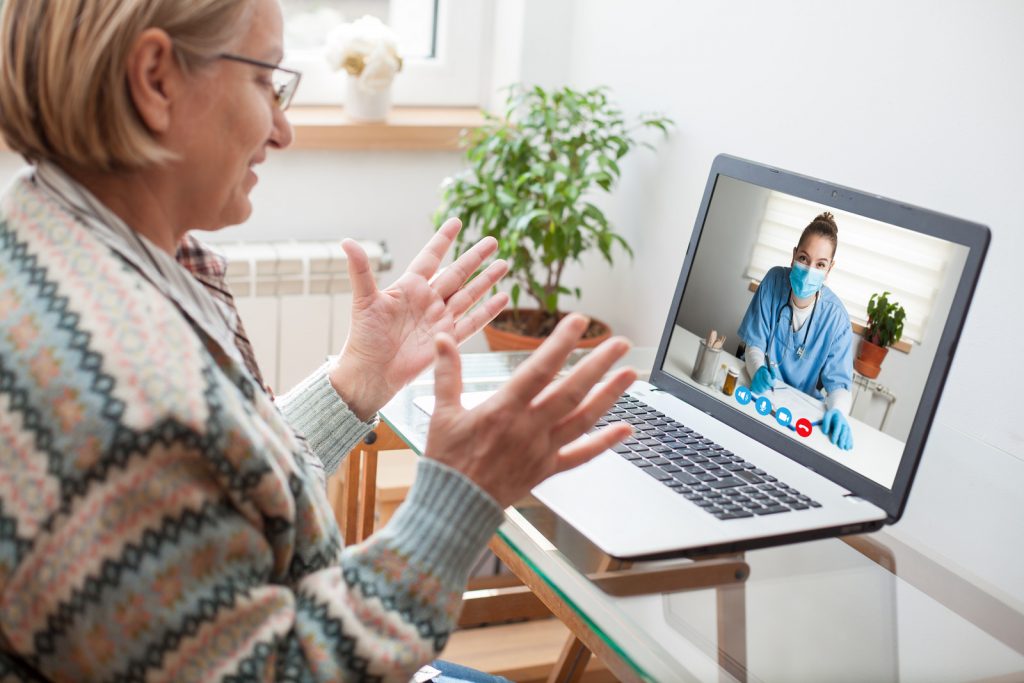
How Telehealth for Seniors Revolutionizes Elder Care
Telehealth for seniors is transforming the landscape of elder care by providing remote medical services and support and connecting them with healthcare professionals virtually. This innovative approach allows for enhanced access, convenience, and personalized care, ultimately improving the quality of life for the elderly population.
1. Telemedicine Consultations
Telemedicine allows seniors to consult with healthcare providers from the comfort of their homes. With the aid of smartphones, tablets, or computers, they can have virtual appointments with doctors, specialists, and mental health professionals.
This is particularly beneficial for seniors with mobility issues or those living in remote areas, as it reduces the need for travel and waiting times.
2. Remote Monitoring
Technology has brought about a revolution in remote patient monitoring. Seniors can now wear devices like smartwatches or medical sensors that continuously track vital signs such as heart rate, blood pressure, and glucose levels. This data is transmitted to healthcare professionals who can monitor their patient’s health in real-time, allowing for early intervention when needed.
3. Medication Management
Medication adherence is a crucial aspect of senior healthcare. Technology offers solutions such as smart pill dispensers and medication reminder apps. These tools ensure that seniors take their medications on time, reducing the risk of missed doses and associated health complications.
4. Health and Fitness Apps
A wide array of health and fitness apps are available for seniors to monitor their physical activity, track their diet, and even engage in guided exercise routines. These apps promote healthy living, reduce the risk of chronic conditions, and enhance overall well-being. Here are some of the best ones in the market:
SilverSneakers GO
Designed specifically for older adults, SilverSneakers GO offers exercise routines suitable for various fitness levels, promoting strength, flexibility, and balance.
MyFitnessPal
This app helps seniors track their diet, count calories, and monitor nutrient intake. It encourages healthy eating habits and weight management.
Lumosity
Lumosity provides brain-training exercises that enhance cognitive functions such as memory, attention, and problem-solving. It’s an excellent choice for seniors interested in mental fitness.
AARP Now
AARP’s app offers a wealth of health tips, articles, and resources, covering a wide range of topics relevant to seniors, from healthcare to retirement planning.
Medisafe
Medication management can be challenging for seniors. Medisafe sends reminders for pill intake, tracks medication history, and offers information about drug interactions.
Calm
Calm is a meditation and relaxation app that can reduce stress and improve sleep quality, benefiting seniors’ mental and emotional well-being.
5. Virtual Rehabilitation
For seniors recovering from surgeries or managing chronic conditions, virtual rehabilitation programs offer exercises and therapy sessions guided by healthcare professionals. This eliminates the need for frequent in-person visits and provides flexibility in accessing rehabilitation services.
6. Cognitive Health Support
Technology offers a multitude of brain-training apps and games designed to stimulate memory and cognitive function. These apps can be both entertaining and beneficial for seniors, helping them keep their minds sharp.
Examples of technology-based cognitive health support include:
- Brain Training Apps: Apps like Lumosity, Peak, and CogniFit offer a variety of brain games and exercises designed to boost memory, attention, and problem-solving skills.
- Tablet and Computer Programs: Software programs like Posit Science’s BrainHQ provide interactive exercises to enhance cognitive function, including auditory processing and visual perception.
- Smart Speakers: Voice-activated assistants like Amazon’s Alexa or Google Assistant can answer questions, play memory-boosting trivia games, and set reminders for cognitive exercises.
- Virtual Reality (VR): VR systems can immerse seniors in stimulating environments and activities, promoting memory and cognitive engagement.
- Telehealth for Cognitive Assessment: Telehealth for seniors allow cognitive assessments remotely, helping detect early signs of cognitive decline or dementia.
7. Telehealth for Mental Health
Mental health is a critical aspect of senior well-being. Telehealth services provide seniors with access to therapists and counselors, allowing them to address issues like depression, anxiety, and loneliness from the comfort and privacy of their homes.
8. Care Coordination
Technology enables seamless communication and information sharing among healthcare providers involved in a senior’s care. This promotes coordinated care, reduces errors, and ensures that all aspects of a senior’s health are considered.
9. Wearable Safety Devices
Wearable safety devices for seniors offer peace of mind and enhanced security. Some of the best options include:
- Medical Alert Systems: Devices like Life Alert and MobileHelp come with a wearable pendant or wristband that connects seniors to emergency services with a push of a button.
- Fall Detection Devices: Wearables like GreatCall’s Lively Mobile Plus can automatically detect falls and send alerts if the senior is unresponsive.
- GPS Trackers: Devices such as the Apple Watch or dedicated GPS trackers provide location monitoring, enabling families and caregivers to keep tabs on seniors’ whereabouts.
- Smartwatches: Modern smartwatches offer health and safety features, including heart rate monitoring and emergency SOS calls, making them versatile safety tools for seniors.
10. Telepharmacy Services
Telepharmacy services allow seniors to consult with pharmacists remotely, addressing medication-related concerns, providing guidance on over-the-counter products, and ensuring they understand their prescriptions.
11. Chronic Disease Management
For seniors with chronic conditions like diabetes, technology enables remote monitoring and management. Patients can share their health data with healthcare providers, receive feedback, and adjust treatment plans as needed.
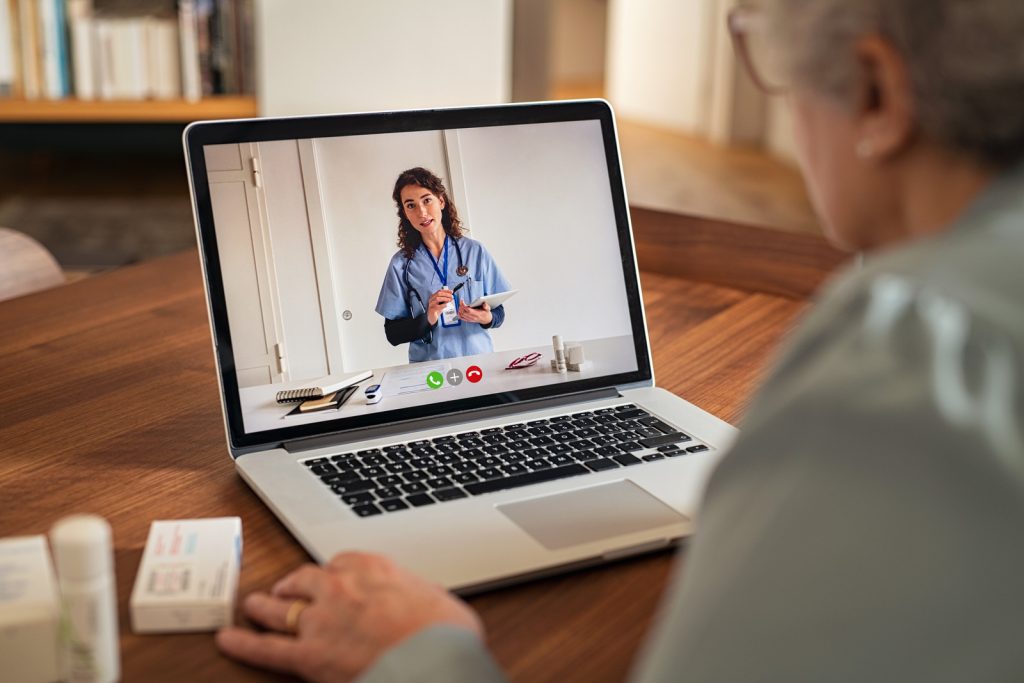
Challenges and Considerations of Telehealth
While technology-enabled healthcare for seniors brings many benefits, some challenges and considerations must be addressed:
- Access and Affordability: Ensuring that seniors have access to the necessary technology and can afford it is a significant concern.
- Digital Literacy: Some seniors may face barriers due to limited digital literacy. Efforts should be made to provide education and support to bridge this gap.
- Privacy and Security: Protecting sensitive health data is critical. Healthcare providers and technology companies must prioritize robust security measures to safeguard patient information.
- Human Touch: While technology is valuable, it should complement, not replace, the human element of healthcare. The importance of personal interactions between seniors and healthcare professionals should not be overlooked.
In conclusion, telehealth for seniors is revolutionizing the way the aging community receives and engages with healthcare services. It offers convenience, accessibility, and improved health outcomes for older adults, ultimately contributing to a higher quality of life in their later years.
As technology continues to advance, seniors and healthcare providers alike must embrace these innovations to promote independent aging and well-being.

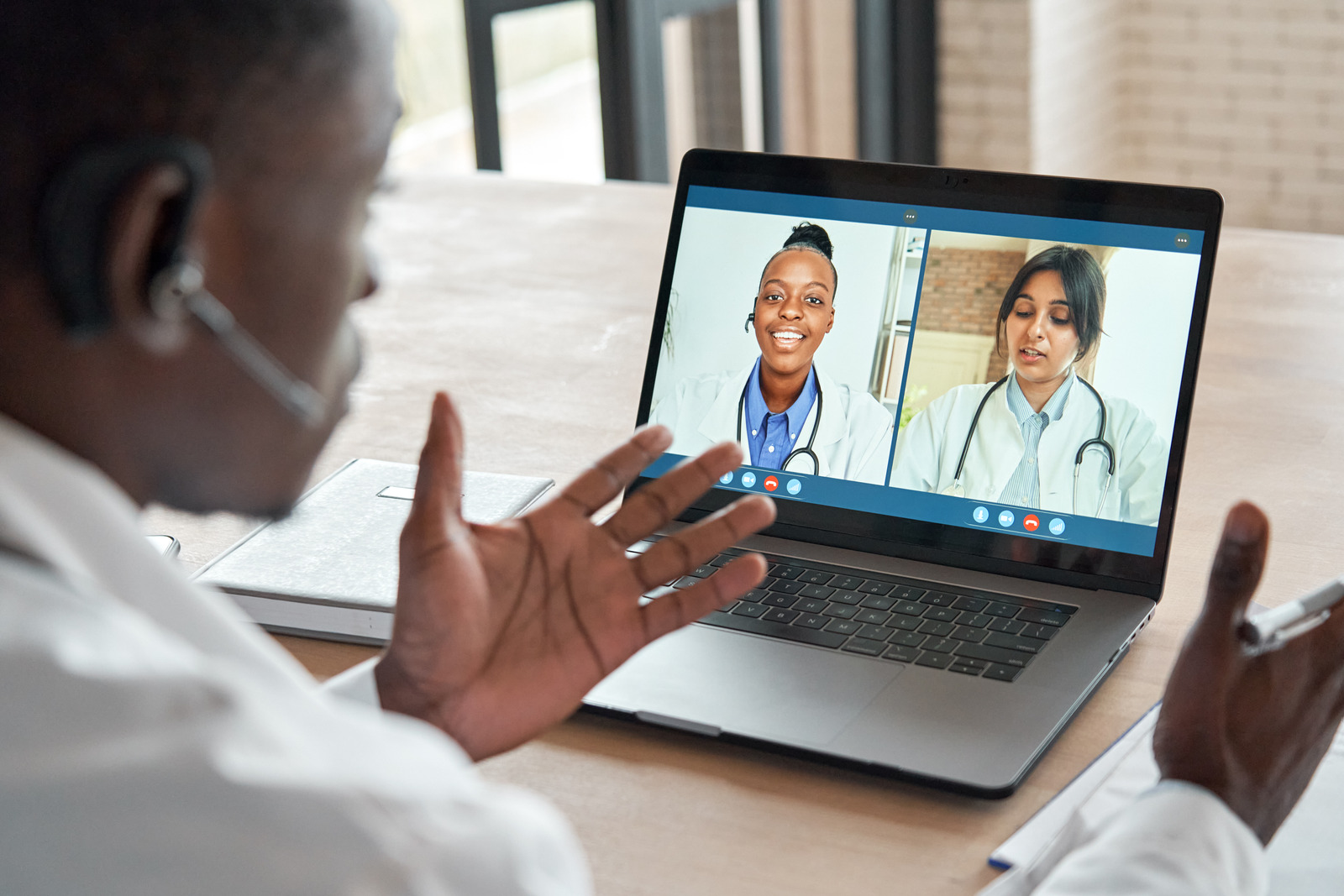

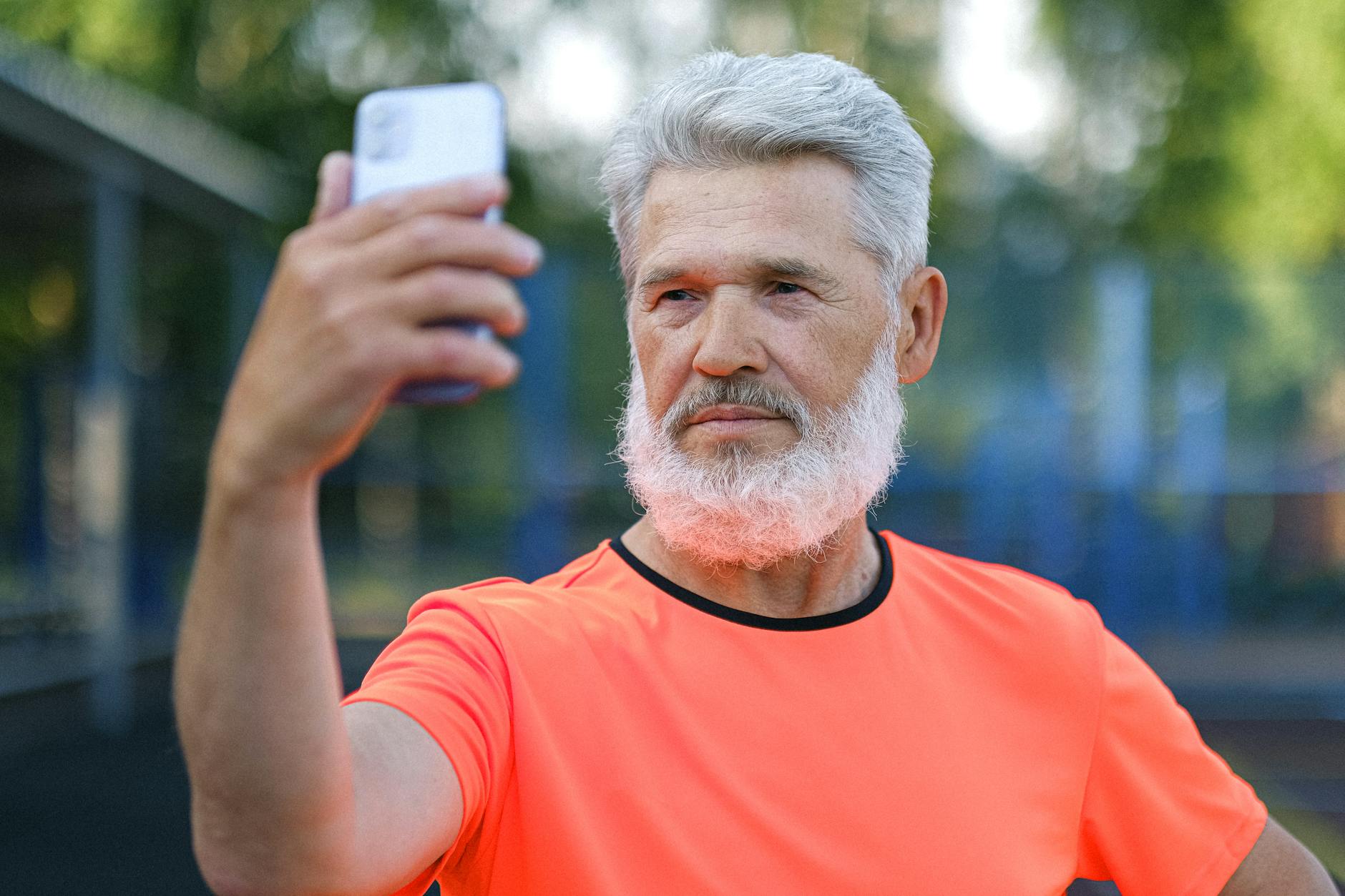

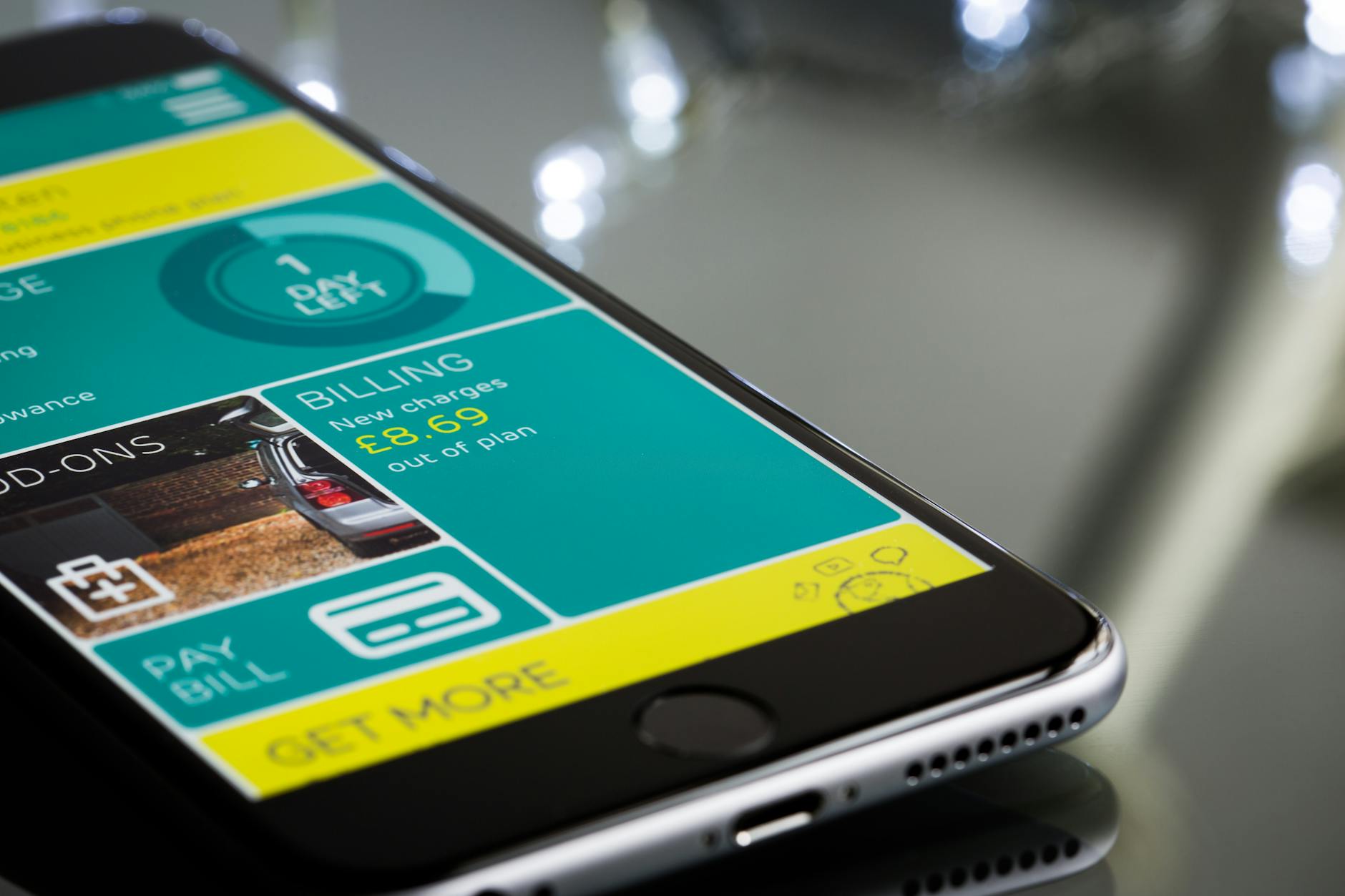

1 thought on “Telehealth for Seniors: Revolutionizing Aging and Wellness”
Pingback: Top Health and Wellness Apps for Seniors